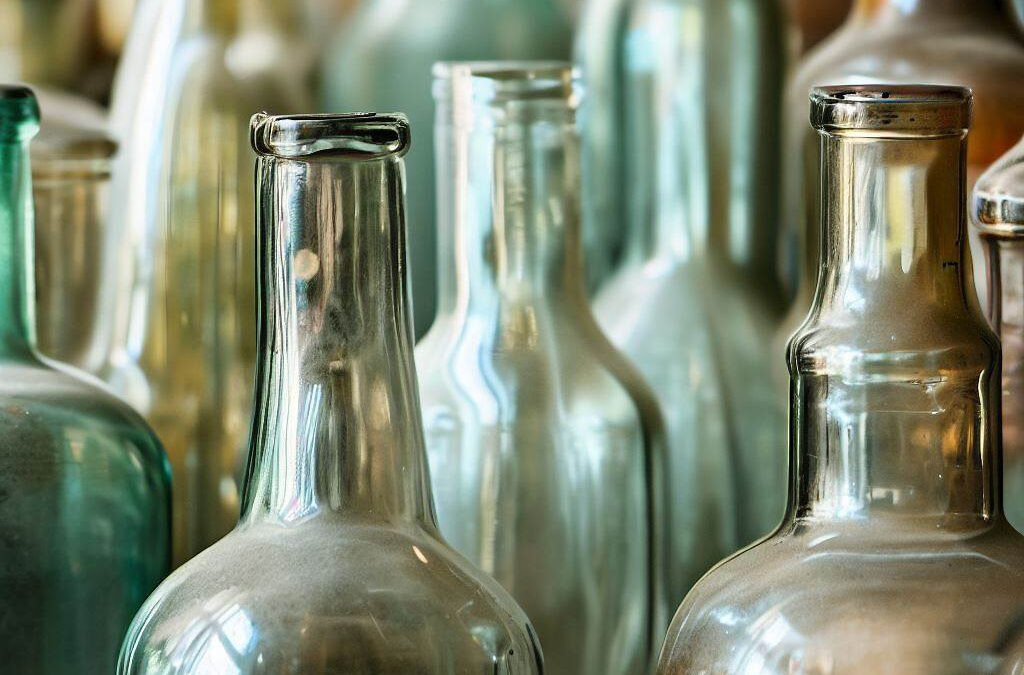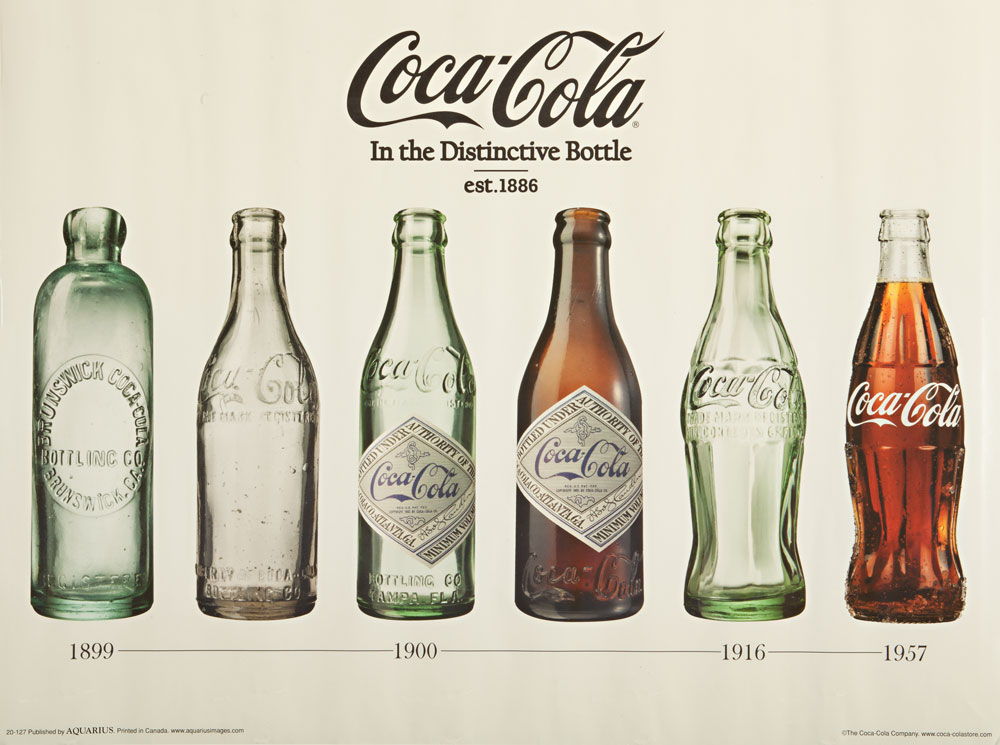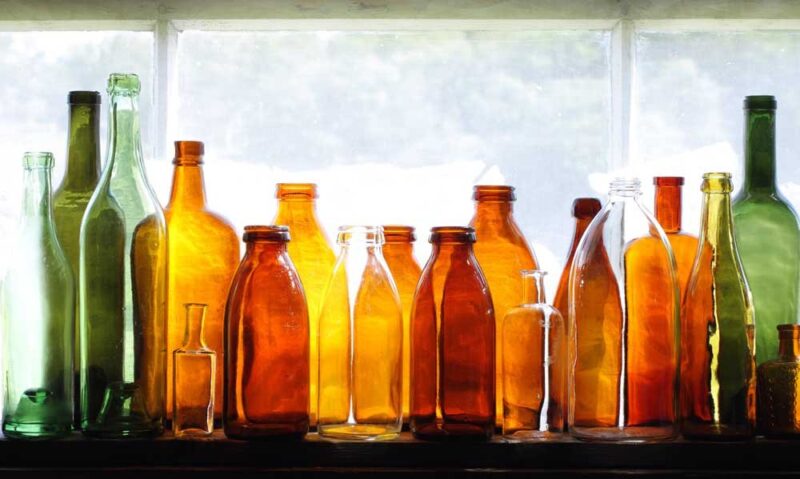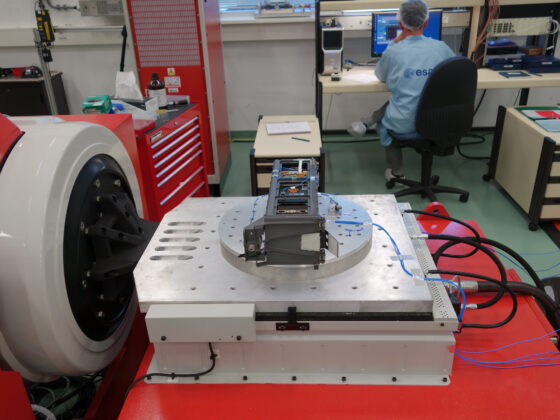For centuries, glass has been a part of everyday life. From the first fragile bottles used to store wine and water to the modern-day industrial production of glass packaging for food and beverages, the evolution of glassware has shaped society in countless ways.
In this article, we’ll explore how advances in technology have revolutionized the manufacture and use of glass bottles throughout history — from their origins as luxury items to today’s indispensable containers.
We will also discuss some fascinating facts about glass bottles that you may not know! So join us on this journey through time as we uncover the story behind The Glass Revolution: How Glass Bottles Change Through History.
Introduction to the Glass Revolution

The Glass Revolution has swept the world since its inception in the 17th century. From humble beginnings as simple glass containers for liquids, the glass bottle has come a long way over the centuries.
Initially used to contain items like beer and wine, glass bottles have gone on to become essential components of many industries, from medicine to cosmetics. In this article, we will explore how far these vessels have come throughout history, and why their impact has been so profound.
In ancient times, glass was primarily produced by hand-blowing techniques which were laborious and expensive – thus limiting production numbers significantly. However with advances in technology at the end of the 19th century came mass production capabilities using automated machines that could manufacture thousands of bottles per hour! This marked a significant shift in volume production but also meant higher levels of quality control as factories fine-tuned machinery design features such as mouth size or wall thickness.
Today’s modern packaging industry relies heavily on advances made during The Glass Revolution – it is estimated that around 80% of all beverage containers are still made from some form of glass material! This statistic speaks volumes about just how important this revolution has been; not only did it bring convenience and efficiency but also spawned an entire industry focused on protecting food & drink products from external contamination and damage – something that would otherwise be impossible without strong reliable vessels like those created during The Glass Revolution era.
Ancient Origins of Glass Bottles

Glass bottles have a long and storied history, tracing back to ancient civilizations that used glass vessels for storage and transportation. The first evidence of ancient glassmaking appeared during the Bronze Age in Mesopotamia around 3,500 BC. Glassmakers created small objects by blowing molten glass into molds using hollow reeds or pipes.
Over time, these techniques were perfected to create larger containers like jars and bottles. Egyptians are credited with making the first true bottle-shaped vessel when they began forming blown glass into bulbous shapes in the form of amphorae — large two-handled jugs designed for storing liquids such as wine or olive oil — around 1550 BC.
Around this same period, other cultures such as the Phoenicians and Greeks developed their bottle designs out of clay rather than glass since it was easier to produce at scale inexpensively. However, it wasn’t until the 1st century AD that Roman artisans discovered a method for creating clear greenish-blue colored glass thanks to advances in furnace technology and chemical formulas.
This gave rise to an entirely new type of container: one made out of transparent material perfect for displaying beverages inside them while showcasing its contents on display outside too! The widespread use of these transparent bottles allowed producers from all over Europe to package their products more attractively than ever before, ultimately resulting in increased sales due to not only just aesthetic value but also practicality – allowing buyers to quickly identify what’s inside without having open up each package!
From then onward, various iterations of traditional bottle design have been introduced including modern innovations like plastic water bottles which can be recycled instead of being discarded after a single use! All this goes to show just how far we’ve come since those early days when people had few options for storing liquids beyond ceramic pots or leather sacks – now there’s no limit to what kind of shape size you can find today’s bustling market place!
The Evolution of Glass Bottle Manufacturing
The evolution of glass bottle manufacturing has been an incredible journey, one that is both fascinating and inspiring. With the invention of the press-and-blow method in 1891 came a revolution in how glass bottles were made.
This enabled mass production on a scale never before seen, transforming glass bottles from handblown vessels to perfectly formed containers made at lightning speed. The automation also allowed for higher-quality products that could handle liquids better than their predecessors.
As technology advanced even further, manufacturers began using robotic arms and vision systems to ensure maximum consistency in every bottle they created.
Today’s automated machines can produce up to 2500 perfect bottles per hour with minimal manual intervention – an impressive feat! Glass bottle manufacturing has come a long way since its humble beginnings, but it continues to evolve as new technologies are developed and adapted by manufacturers around the world.

Conclusion
The glass bottle revolution has been an incredible journey throughout history. From humble beginnings, the use of glass bottles has continued to evolve and adapt to changing needs and technologies.
Today, we can enjoy a wide variety of products that have been stored in safe and reliable glass bottles for centuries. The versatility of these containers is unmatched by any other material, making them invaluable for many different industries around the world.
Glass bottles will continue to be a staple item in our lives for years to come as they remain one of the most dependable methods for storing goods safely and securely.


